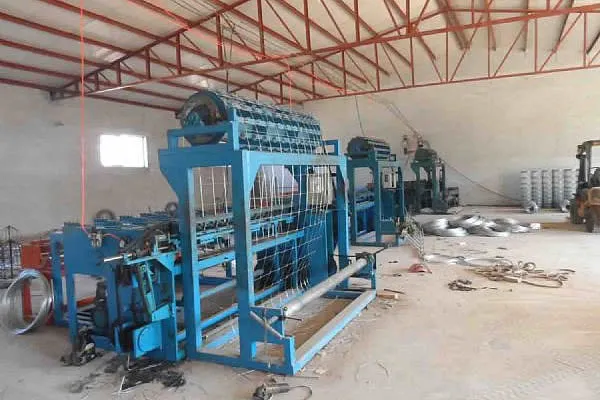 TEL:
+86-13102802206
TEL:
+86-13102802206
 Email:
fencenetting@china.com
Email:
fencenetting@china.com
 Language
Language
 TEL:
+86-13102802206
TEL:
+86-13102802206
 Email:
fencenetting@china.com
Email:
fencenetting@china.com
 Language
Language


Types of Barbed Wire Fences
Barbed wire fences have long been a popular choice for property demarcation, security, and livestock management. Known for their sharp edges or barbs, these fences serve as an effective deterrent against intruders and animal escapes. In this article, we will explore several types of barbed wire fences, each with its unique characteristics and applications.
1. Standard Barbed Wire Fencing
Standard barbed wire fencing typically consists of a series of twisted wires with sharp barbs protruding at regular intervals. This type is commonly used for agricultural purposes, enclosing livestock and protecting crops from wild animals. The standard design is straightforward to install and maintain, making it an economical choice for farmers and ranchers. The barbs add a layer of security, making it difficult for animals or intruders to breach the fence.
2. Barbed Wire With High Tensile Strength
High tensile barbed wire is made from stronger materials, which allows it to withstand greater tension. This type of fencing is ideal for areas that require additional strength, such as rough terrain. The durability of high tensile barbed wire minimizes the likelihood of sagging or breaking, making it a favorite among those who manage larger properties or work in industrial settings. In addition, its resilience means less frequent replacement and lower overall maintenance costs.
3. Moderate and Heavy Gauge Barbed Wire

Barbed wire comes in various gauges, offering options for both moderate and heavy-duty applications. Moderate gauge wire is useful for typical agricultural uses, providing sufficient strength without excessive cost. Heavy gauge barbed wire, on the other hand, is more robust and better suited for high-security environments or industrial applications. When deciding between the two, property owners should consider the specific needs of their property, including the potential threats they may face.
4. Barbed Wire Fencing with Coated Wires
Coated barbed wire is designed for those who wish to enhance both the aesthetic appeal and durability of their fencing. The wire is often coated with materials such as vinyl or polymer to provide corrosion resistance and improve longevity. This type of fencing is particularly beneficial in coastal or humid regions where exposure to moisture can lead to rapid deterioration. Additionally, the coating can come in various colors to better blend with the surrounding environment.
5. Electric Barbed Wire Fencing
Electric barbed wire fencing combines the traditional barbed wire characteristics with electrified wires. This type of fencing is used primarily for high-security areas or for containing particularly aggressive livestock. The electric charge serves as an additional deterrent, making it almost impossible for intruders to breach the enclosure or for animals to escape. While the installation can be more complex, the advantages in security and control make it a preferred choice in specific situations.
Conclusion
Choosing the right type of barbed wire fence is crucial for ensuring security, protecting livestock, and maintaining property boundaries. From standard designs to high tensile options, heavy gauge varieties, coated wires, and even electrified versions, there are numerous choices available to meet various needs. Understanding the characteristics and applications of each type will help property owners make informed decisions, resulting in effective and lasting fencing solutions. Whether for agricultural use or security needs, a well-chosen barbed wire fence offers peace of mind and effective protection.